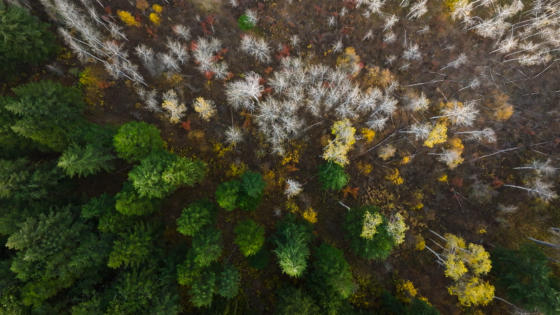FAQs
Tell me about the public funding for wildlife habitat that helped the Methow Conservancy purchase the Sunny M Ranch:
In total, we received approximately $2.1M in public funding to help with the purchase of the Sunny M Ranch--from the WA State Recreation & Conservation Office’s Wildlife and Recreation funding for wildlife habitat in the Winthrop Trail-Power’s Plunge area and from the US Fish & Wildlife Service Section 6 of the Endangered Species Act for Critical Wildlife Habitat for the Winthrop Trail-Power’s Plunge area.
What animals call the Sunny M Ranch their home?
So many! Here are just a few: mule deer, black bears, cougars, bald & golden eagles, Columbia spotted frogs, western gray squirrels, coyotes, Northern goshawks, sharp-shinned hawks, pygmy owls, white-headed woodpeckers, pileated woodpeckers, marten, osprey, skunks, a host of songbirds, Tiger salamanders, and, in the spring, a healthy population of mosquitoes.
How does the area designated as wildlife habitat affect me?
We hope that knowing about these protected wildlife areas makes you happy that animal populations native to this area can continue to thrive so close to Winthrop! On a practical basis, you probably won’t notice any difference. You can continue to walk, bike, and ski (depending on the season!) on established trails in these areas. If you’re quiet, observant, and lucky, you might even get to see some critters while you’re out there.
We have some forest management and restoration efforts planned, but mostly we intend to let the wide diversity of wildlife continue to thrive in these areas.
What should I do if I encounter a bear?
- Stop, remain calm, and assess the situation. If the bear seems unaware of you, move away quietly when it's not looking in your direction. Continue to observe the animal as you retreat, watching for changes in its behavior.
- If a bear walks toward you, identify yourself as a human by standing up, waving your hands above your head, and talking to the bear in a low voice. Don’t throw anything at the bear, which the bear could interpret as a threat or a challenge.
- If you cannot safely move away from the bear or the bear continues toward you, scare it away by clapping your hands, stomping your feet, yelling, and staring the animal in the eyes. If you are in a group, stand shoulder-to shoulder and raise and wave your arms to appear intimidating. The more it persists the more aggressive your response should be. If you have bear spray, use it.
- Do not run from the bear. Bears can run up to 35 mph and running may trigger an attack. Climbing a tree is generally not recommended as an escape from an aggressive black bear, as black bears are adept climbers and may follow you up a tree.
What should I do if I encounter a cougar?
Relatively few people will ever catch a glimpse of a cougar much less confront one. If you come face to face with a cougar, your actions can either help or hinder a quick retreat by the animal. Here are some things to remember:
- Stop, pick up small children immediately, and don’t run. Running and rapid movements may trigger an attack. Remember, at close range, a cougar’s instinct is to chase.
- Face the cougar. Talk to it firmly while slowly backing away. Always leave the animal an escape route.
- Try to appear larger than the cougar. Get above it (e.g., step up onto a rock or stump). If wearing a jacket, hold it open to further increase your apparent size. If you are in a group, stand shoulder-to-shoulder to appear intimidating.
- Do not take your eyes off the cougar or turn your back. Do not crouch down or try to hide.
- Never approach the cougar, especially if it is near a kill or with kittens, and never offer it food.
- If the cougar does not flee, be more assertive. If it shows signs of aggression (crouches with ears back, teeth bared, hissing, tail twitching, and hind feet pumping in preparation to jump), shout, wave your arms and throw anything you have available (water bottle, book, backpack). The idea is to convince the cougar that you are not prey, but a potential danger.
- If the cougar attacks, fight back. Be aggressive and try to stay on your feet. Cougars have been driven away by people who have fought back using anything within reach, including sticks, rocks, shovels, backpacks, and clothing—even bare hands. If you are aggressive enough, a cougar will flee, realizing it has made a mistake. Pepper spray in the cougar’s face is also effective in the extreme unlikelihood of a close encounter with a cougar.
Send us your stories & photos!
We love seeing and hearing about your experiences on the Sunny M. Email us at sunnym@methowconservancy.org with your photos and stories.


